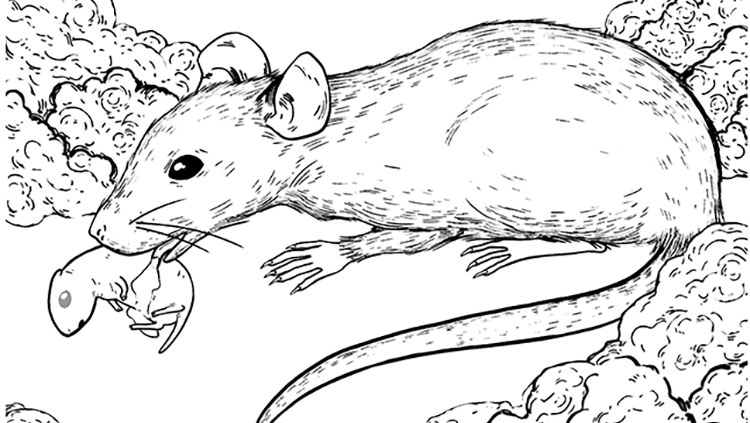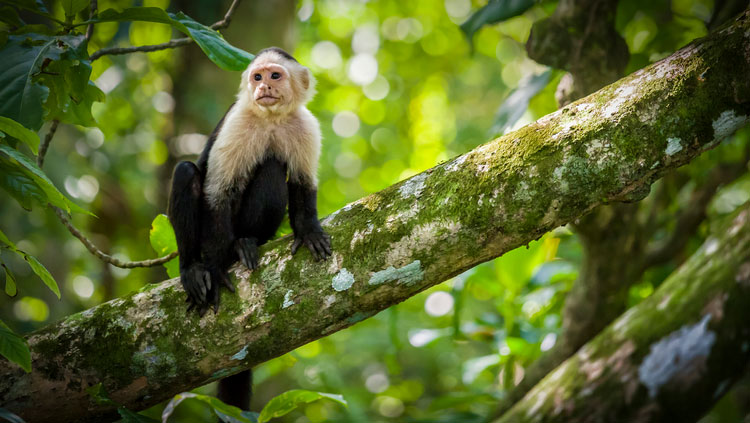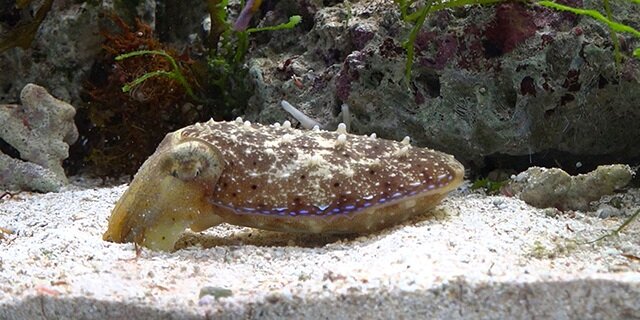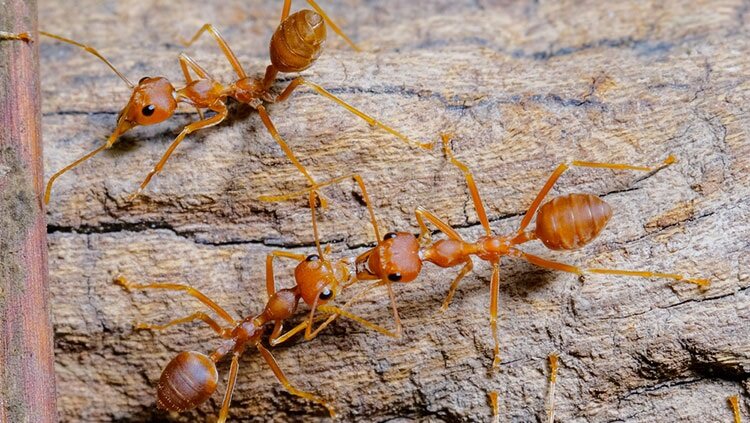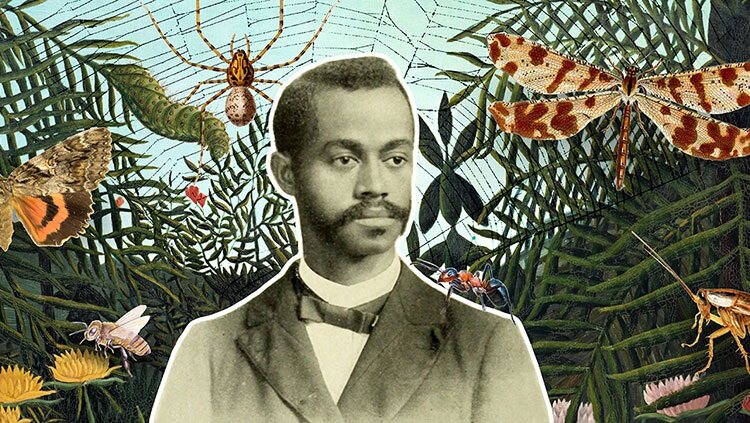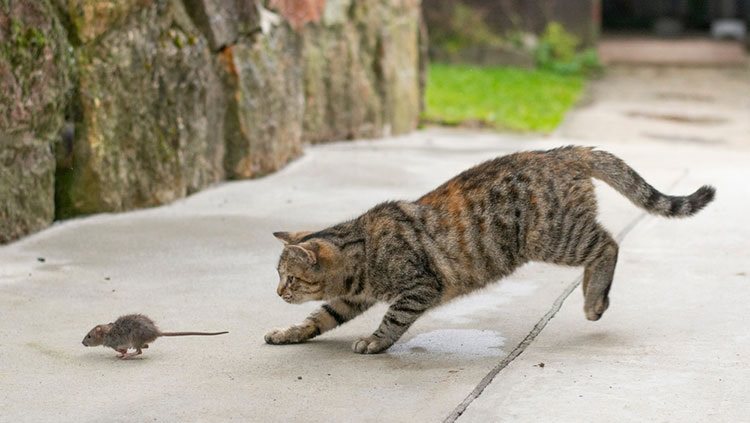Snoozing Drosophila Are a Model Animal for Insight Into Human Sleep
- Published15 Jun 2023
- Author Ravindra Palavalli Nettimi
- Source BrainFacts/SfN
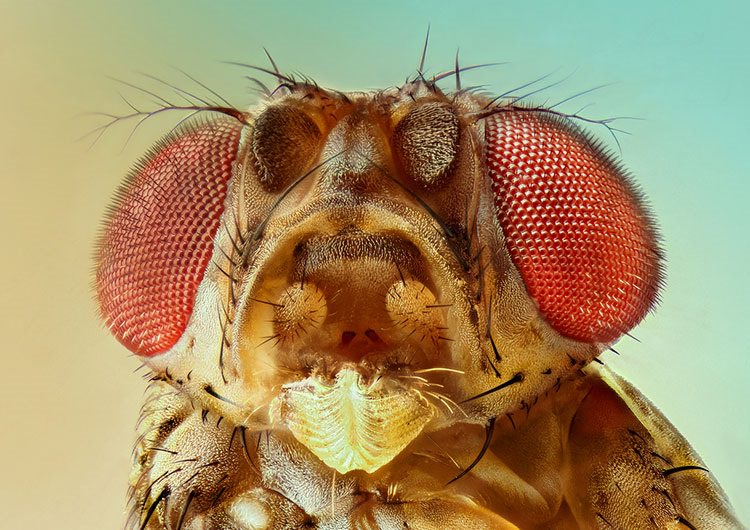
For fruit flies living in test tubes, researchers are the fly on a wall. Provided a steady supply of food resembling mashed banana, the flies eat, court, mate, procreate, and sleep in their miniature homes inside a light- and temperature-controlled lab. This is where molecular biologist and chronobiologist Amita Sehgal investigates fly genetics to reveal the secrets of slumber.
Fundamentally, sleep in flies resembles sleep in humans: We share sleep-regulating genes and respond to sleep drugs similarly. For example, a caffeinated fly is awake and active, while antihistamines make them drowsy. The similarities allow scientists to study sleep disorders.
“We have used flies to dissect mechanisms underlying circadian rhythms. Flies are a great model for that,” says Sehgal, the John Herr Musser Professor in the Perelman School of Medicine at the University of Pennsylvania.
Circadian rhythms, such as the 24-hour sleep-wake cycle, are produced by endogenous biological clocks. Research on flies shows the quantity of circadian proteins called period (per) and timeless (tim) rises and falls following a fixed time pattern. This innate biological clock compels flies to sleep at night, even when kept in constant darkness. Sehgal’s postdoctoral mentor, Michael W. Young was one of three scientists awarded the Nobel Prize in 2017 for revealing the molecular clock mechanism.
In her lab, Sehgal strives to uncover additional mysteries of sleep at the neural and molecular levels. In a career spanning more than three decades, she has focused on Drosophila melanogaster, the common fruit fly, to gain insight into why humans sleep, what happens if we don’t sleep enough, and how circadian clocks drive behavior.
Are you asleep?
Scientists deploy different strategies to identify the genes responsible for sleep. One, forward genetic screening, involves creating random mutations in the flies and looking for a specific trait outcome. By analyzing the genomes of the mutant flies with a desired trait, scientists can identify the genes responsible. However, studying sleep mutations in Drosophila presents a challenge: How can researchers differentiate between sleeping and resting flies?
Sleep in animals is behavioral inactivity that is reversible, and when disrupted, it leads to compensatory sleep called homeostatic rebound. It is regulated by the circadian clock and associated with physiological and molecular changes. A sleeping animal has a higher arousal threshold and ignores trivial sensory stimuli such as irrelevant visuals or smells. Because Drosophila meets all these criteria, Sehgal and her colleagues maintain that flies are a near-perfect model to study sleep. On a practical level, researchers consider flies asleep if they appear immobile for over five minutes.
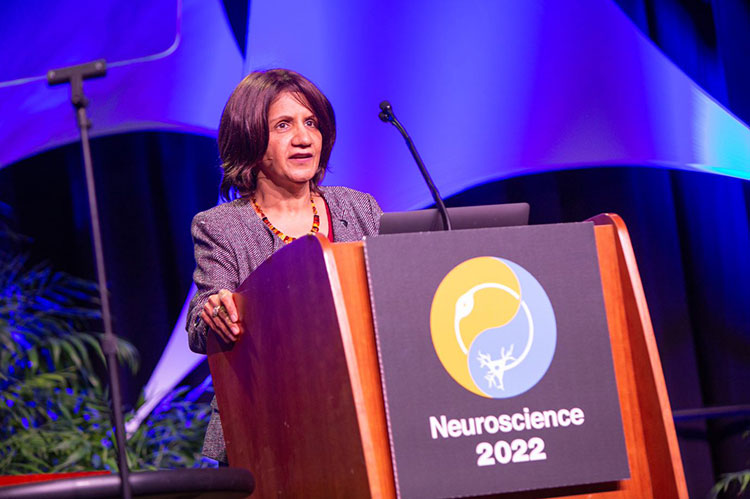
Sehgal and her colleagues sorted through more than 12,000 Drosophila lines looking for sleep-inducing genes. They found one gene and named it nemuri, meaning sleep in Japanese. Nemuri is an immune system-related antimicrobial molecule. “It is induced [by] sleep deprivation. But it is also induced with sickness,” Sehgal says. When we are sick, we sleep more; flies do too. If you infect flies, the nemuri gene turns on, and the protein encoded by the gene makes the sick fly sleep for 17 to 20 hours a day, which helps the fly recover. Although the human equivalent of nemuri is still unknown, this finding in flies supports our lived experience of how sleeping during sickness appears to help fight off infections.
Did I wake you?
Sleep also affects metabolism. When Sehgal and colleagues disrupted sleep in flies by periodically shaking their test-tube homes, flies with reduced sleep had trouble processing waste — disrupted nitrogen metabolism turned proteins toxic and lipid metabolites accumulated within cells. The accumulation of lipid metabolites in the brain increases the need for sleep. To process the lipids, flies must sleep.
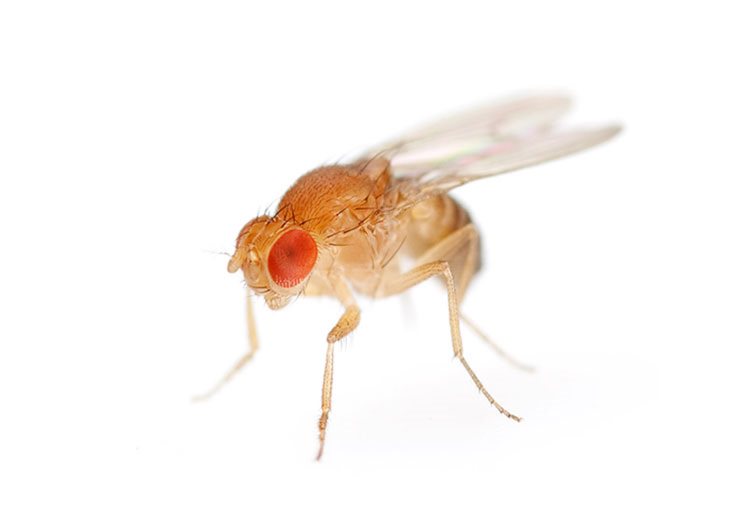
Sehgal’s work has influenced many researchers. “Anything that people work on sleep in flies now, [Sehgal] has touched at least some aspect of it,” says Budhaditya Chowdhury, an early career researcher at the City University of New York. His research has shown that constant shaking to disrupt sleep can induce sleep-independent stress in flies, challenging the induced sleep-loss studies. After accounting for sleep-independent stress, Chowdhury’s team showed that the effects of sleep disruption differ based on sleep stages. Brain recordings reveal that flies, like humans, have sleep stages: quiet (or deep) sleep and active (or light) sleep.
Chowdhury says, “[After sleep disruption] when flies pay back sleep, they pay back the deep sleep [debt] much faster and at a much higher rate.” So, the deep sleep stage, when the brain quiets down as neurons fire less, is essential and paid off first in the case of sleep debt. Sehgal’s research linking sleep and metabolism was affirmed when Bruno van Swinderen, who studies fruit fly cognition at the Queensland Brain Institute, showed that deep sleep is associated with metabolic waste clearance in a study in collaboration with the Ravi Allada Lab at Northwestern University.
How’d you sleep?
During active sleep, the animal disconnects from the outside world, but its brain remains active with neurons firing as if the animal were awake. That is when humans dream. And, while we may wonder whether flies dream too, that’s the wrong question according to van Swinderen, because we cannot ask flies about their dreams. A more relevant question is, “What function does active sleep achieve?” Our dreams are a byproduct of brain activity during the active stage. He speculates the function of active sleep is to “create virtual worlds to help make predictions about its changing environment.” If that’s true, flies might replay memories during active sleep and optimize their predictions about the world such as how visual objects move when a fly moves. Because flies have smaller brains with well-understood neural circuitry, the theory can be tested.
Flies’ brain sizes also enable Sehgal to understand why sleep is important. The next frontier in sleep, she says, is revealing the mechanisms of “how the circadian clock interacts with the sleep homeostat [which pays off or accumulates sleep debt].” For instance, when you are jet-lagged, your sleep need and circadian clock are out of sync, disrupting your sleep routine until the homeostat resets. Fly research offers the opportunity to understand how the circadian clock drives behavior and physiology, and at a molecular and neural level, what constitutes a sleep homeostat.
“Flies can sleep whenever they want. They do not have the pressures of society,” Sehgal says and chuckles. “But we are encouraged that the molecules we are finding that are affecting sleep in flies are also getting implicated in human sleep.”
CONTENT PROVIDED BY
BrainFacts/SfN
References
Bedont, J., Kolesnik, A., Malik, D., Weljie, A., & Sehgal, A. (2021). Polyamine elevation and nitrogen stress are toxic hallmarks of chronic sleep loss in Drosophila melanogaster. BioRxiv, 2021.10.01.462746. https://doi.org/10.1101/2021.10.01.462746
Chowdhury, B., Abhilash, L., Ortega, A., Liu, S., & Shafer, O. (2022). Homeostatic control of deep sleep in Drosophila: Implications for discovering correlates of sleep pressure. BioRxiv 2022.09.30.510368. https://doi.org/10.1101/2022.09.30.510368
Chartapila, E., & Gay, S. (2022, September 1). Circadian rhythm: The clock that keeps on ticking. Retrieved [March 25, 2023] from Brainfacts.org: https://www.brainfacts.org/thinking-sensing-and-behaving/sleep/2022/circadian-rhythm-the-clock-that-keeps-on-ticking-102622
Deboer, T. (2018). Sleep homeostasis and the circadian clock: Do the circadian pacemaker and the sleep homeostat influence each other’s functioning? Neurobiology of Sleep and Circadian Rhythms, 5, 68–77. https://doi.org/10.1016/j.nbscr.2018.02.003
Galinato, M. (2012, March 20). Sleep Disorders. Retrieved [March 25, 2023] from BrainFacts.org: https://www.brainfacts.org/thinking-sensing-and-behaving/sleep/2012/sleep-disorders
Hendricks, J. C., Sehgal, A., & Pack, A. I. (2000). The need for a simple animal model to understand sleep. Progress in Neurobiology, 61(4), 339–351. https://doi.org/10.1016/S0301-0082(99)00048-9
Kaiser, W. (1988). Busy bees need rest, too: Behavioural and electromyographical sleep signs in honeybees. Journal of Comparative Physiology A, 163(5), 565–584. https://doi.org/10.1007/BF00603841
Konopka, R. J., & Benzer, S. (1971). Clock mutants of Drosophila melanogaster. Proceedings of the National Academy of Sciences, 68(9), 2112–2116. https://doi.org/10.1073/pnas.68.9.2112
Nobel Prize Outreach AB 2023. (n.d.). Advanced information. Retrieved [March 25, 2023] from NobelPrize.org: https://www.nobelprize.org/prizes/medicine/2017/advanced-information/
Sehgal, A., Price, J. L., Man, B., & Young, M. W. (1994). Loss of circadian behavioral rhythms and per RNA oscillations in the Drosophila mutant timeless. Science, 263(5153), 1603–1606. https://doi.org/10.1126/science.8128246
Tainton-Heap, L. A. L., Kirszenblat, L. C., Notaras, E. T., Grabowska, M. J., Jeans, R., Feng, K., Shaw, P. J., & van Swinderen, B. (2021). A paradoxical kind of sleep in Drosophila melanogaster. Current Biology, 31(3), 578-590.e6. https://doi.org/10.1016/j.cub.2020.10.081
Toda, H., Williams, J. A., Gulledge, M., & Sehgal, A. (2019). A sleep-inducing gene, nemuri, links sleep and immune function in Drosophila. Science, 363(6426), 509–515. https://doi.org/10.1126/science.aat1650
van Alphen, B., Semenza, E. R., Yap, M., van Swinderen, B., & Allada, R. (2021). A deep sleep stage in Drosophila with a functional role in waste clearance. Science Advances, 7(4), eabc2999. https://doi.org/10.1126/sciadv.abc2999
Van De Poll, M. N., & van Swinderen, B. (2021). Balancing prediction and surprise: A role for active sleep at the dawn of consciousness? Frontiers in Systems Neuroscience, 15, 768762. https://doi.org/10.3389/fnsys.2021.768762
Yap, M. H. W., Grabowska, M. J., Rohrscheib, C., Jeans, R., Troup, M., Paulk, A. C., van Alphen, B., Shaw, P. J., & van Swinderen, B. (2017). Oscillatory brain activity in spontaneous and induced sleep stages in flies. Nature Communications, 8(1), 1815. https://doi.org/10.1038/s41467-017-02024-y
Also In Animals in Research
Trending
Popular articles on BrainFacts.org



